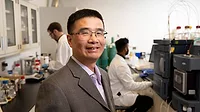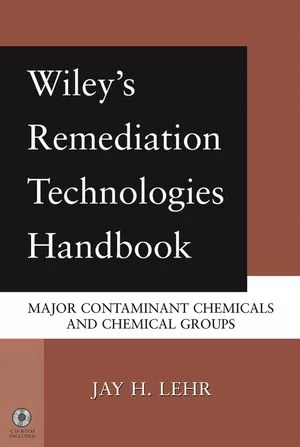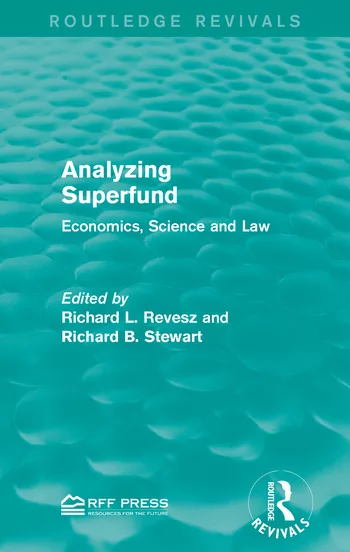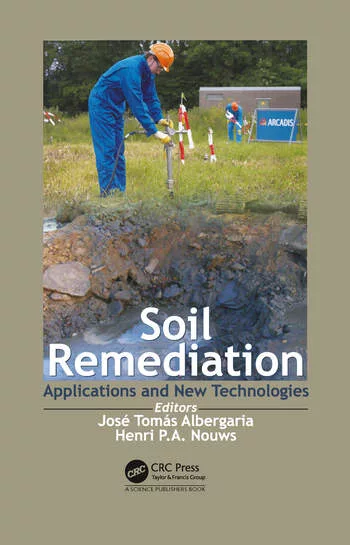New Yale Superfund Research Center to focus on carcinogen contaminant
The center will be the first in the country to study carcinogen 1,4-dioxane, which is in drinking water wells throughout Connecticut.

Photo by Talha Hassan on Unsplash
Of the 25 Superfund university research centers throughout the country, Yale's will be the first to focus on the carcinogen 1,4-dioxane.
A new Superfund Research Center (SRC) at Yale will conduct extensive analysis of emerging water contaminants that have been linked to liver cancer.
The National Institute of Environmental Health Sciences recently awarded Yale a $7.35 million grant to support the research program over the next five years. The multidisciplinary center - one of 25 university-based Superfund Research Centers around the country - will be led by scientists at the Yale School of Public Health (YSPH) and Yale School of Engineering & Applied Science. Researchers from the Yale School of Medicine and Yale School of the Environment also will be involved.
“Given that liver cancer incidence rates have more than tripled since 1980, there is an urgent need to evaluate whether emerging water contaminants may be contributing to this increase,” says Vasilis Vasiliou, chair of the YSPH Department of Environmental Health Sciences and Susan Dwight Bliss Professor of Epidemiology. As principal investigator for the project, Vasiliou serves as the center’s director.
The center brings together four Yale Schools — Public Health, Medicine, Engineering & Applied Science, and the Environment — and five Yale Centers — Green Chemistry & Engineering, Analytical Sciences, Statistical Genomics & Proteomics, Medical Informatics, and Environmental Law & Policy — Vasiliou says.
Yale’s research will focus on a contaminant known as 1,4-dioxane (1,4-DX) because of its common occurrence in Superfund sites and drinking water supplies. The contaminant has been classified as a possible human carcinogen by the U.S. Environmental Protection Agency.
The specific mechanism through which 1,4-DX may cause cancer of the liver in animals and humans is currently unknown as is its interaction with co-occurring toxic chlorinated solvent contaminants 1,1,1-trichloroethane, 1,1,1-trichloroethylene and 1,1-dichloroethane.
A lack of biomarkers signaling possible exposure to 1,4-DX has hampered epidemiologic studies, risk assessment and setting standards for the contaminant, Vasiliou says. In addition, the high polarity and low biodegradability of 1,4-DX make it difficult to remove the contaminant from aquifer systems or drinking water. Available treatment technology is both expensive and not readily applied to water supplies.
Yale’s SRC will pursue four interdisciplinary research projects that will:
- Elucidate the mechanism(s) associated with 1,4-DX liver toxicity and carcinogenesis in mouse and zebrafish models and exposure assessment and early biologic responses to 1,4-DX in human populations.
- Examine the health effects and biomarkers of exposure to 1,4-DX (alone and as a mixture with its co-occurring contaminants) in animals and humans, and (b) develop systems to monitor and mitigate human exposure to 1,4-DX in water.
- Create highly sensitive and selective electrochemical sensors for on-site, real-time detection of 1,4-DX.
- Develop innovative advanced oxidation processes for mitigation technology.
“By developing networks and systems to detect and destroy pollutants before they enter the body, we will be able to ensure safe drinking water for those affected,” says Jaehong Kim, the program’s deputy director and Henry P. Becton Sr. Professor of Chemical and Environmental Engineering at Yale. “This is a great example of how Yale’s School of Engineering & Applied Science can expand its research to directly address the human health implications of groundwater contamination.”
Nearly all of Yale’s environmental engineering faculty are involved in the program.
“We are fortunate that these top researchers from Yale schools have joined forces in applying their expertise to create innovative and cross-disciplinary solutions to solve environmental crises, bringing their research to the broadest benefit of humanity,” says Jeffrey Brock, dean of the School of Engineering & Applied Science.
As part of its mission, Yale’s SRC will train future scientists to ensure that the program has a far-reaching impact on how emerging contaminants are addressed both in the U.S. and globally.
Ultimately, the research generated by the program will be used to support improved federal regulation of 1,4-DX to help affected communities and remove the contaminant from water supplies.
“Our program addresses critical gaps in the understanding 1,4-DX’s cancer mechanisms, mixture interactions, and detection and treatment,” Vasiliou says. “Successful completion of these innovative studies will make a significant impact on public health.”






